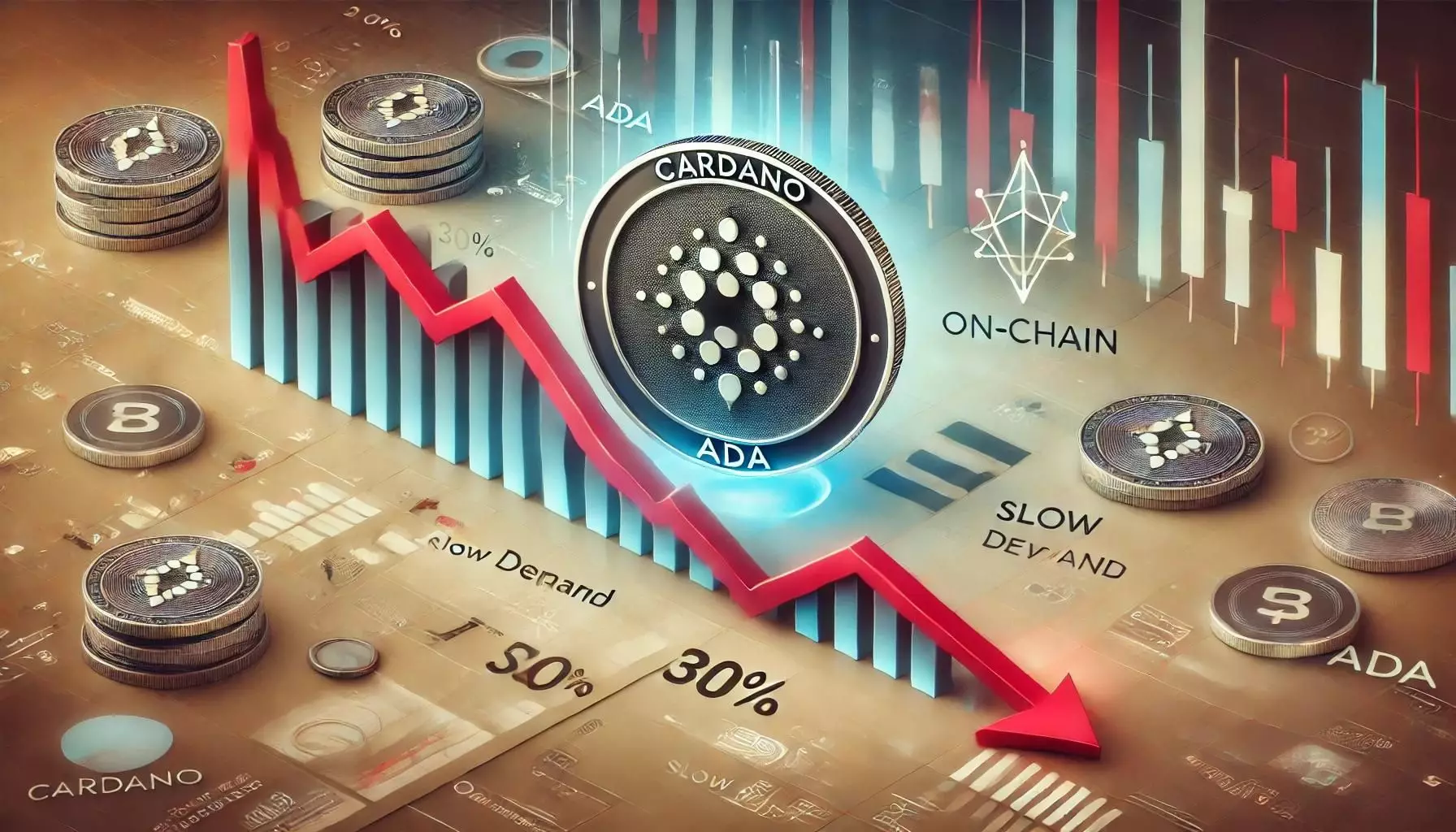The crypto market’s recent fluctuations serve as a stark reminder of how intertwined market sentiment and fundamental data can be. Cardano, one of the prominent cryptocurrencies, registered a remarkable 26% increase following the Federal Reserve’s announcement on interest rate cuts. This surge ignited hope among investors and analysts alike. However, the aftermath of this rally has raised critical questions about its sustainability and the underlying demand for Cardano (ADA). A cautious scrutiny of market behavior reveals a landscape rife with caution, suggesting that while enthusiasm may reign in the short term, the fundamentals of demand and supply must not be overlooked.
Initial Surge: A Cause for Optimism
The initial price increase of ADA may have encouraged an optimistic outlook for many traders. However, the promise of profit can often mask deeper issues within an asset’s performance metrics. As Cardano attempted to consolidate gains, failure to surpass a key resistance level became apparent, sparking concerns about the viability of its upward momentum. A key point of discussion here is the role of resistance levels, in this case, around $0.41. Should the price remain unyielding below this threshold, it illuminates the possibility of weakness in the buying pressure that fueled the initial rise.
Data emerging from analytics provider Santiment highlights a worrying trend: a noticeable decline in demand for ADA. Decreased network activity, coupled with waning investor interest, casts a shadow over Cardano’s rally. The correlation between daily active addresses (DAA) and price fluctuations has taken a turn for the worse, with negative readings suggesting that the enthusiasm around ADA may be more speculative than grounded in actual usage or adoption. This disparity raises red flags about the potential for a steep correction as profit-taking may soon become a trend among traders who entered early during the rally.
Market Indicators: Signs Point to Potential Risk
The indicators being revealed paint a decidedly bleak picture for ADA’s immediate future. Specifically, the potential for a dip of around 30% cannot be dismissed, particularly with market indicators pointing toward increasing selling pressure. Should the current bearish sentiment persist, the looming threat of revisiting previous yearly lows of around $0.27 is feasible. For traders, this means staying vigilant, as the technical indicators may signal further upset if the anticipated support and resistance levels are not reached.
Analyzing the price patterns further complicates the forecast for Cardano. With ADA currently fluctuating around $0.38—having dipped approximately 10% from its 200 EMA at $0.41—the urgency to break above critical resistance remains high. Failure to do so not only risks a broader sell-off but also reinforces the narrative of weakening investor confidence. Historically, periods of low trading volume following price surges have correlated with heightened volatility, making ADA traders susceptible to swift market corrections.
The present conditions surrounding Cardano underscore a critical juncture for the cryptocurrency. Investors are on alert for signs that either confirm a breakout above key resistances or signal the onset of a more profound correction. As ADA straddles the line between hope and caution, the coming days will be decisive in determining its trajectory. Whether the market decides to rally or retrench, the underlying dynamics of demand, resistance, and selling pressure will remain crucial in shaping Cardano’s future. Therefore, investors must approach with a nuanced understanding; the interplay of sentiment and data holds the key to navigating the complexities of this digital asset.

